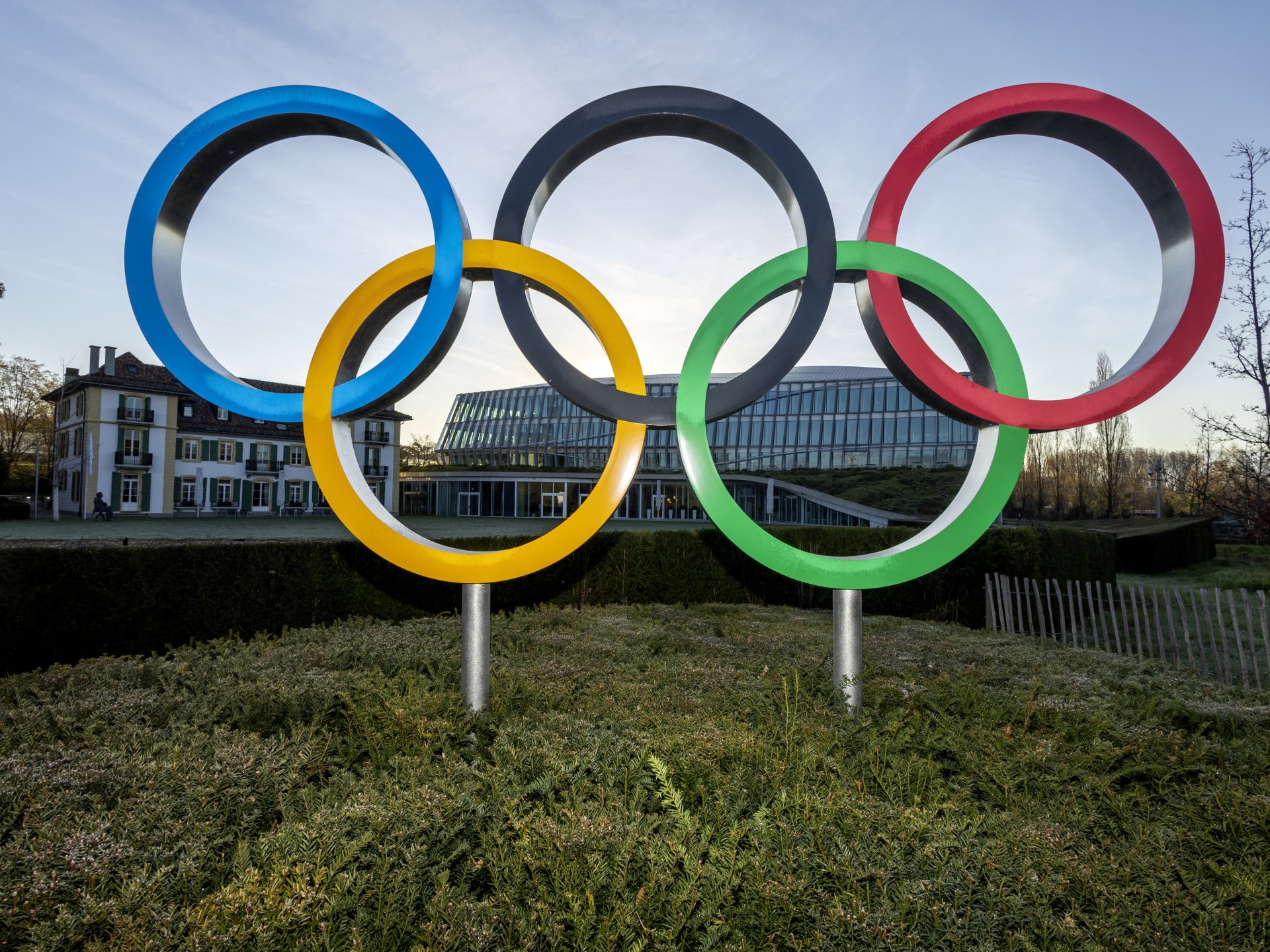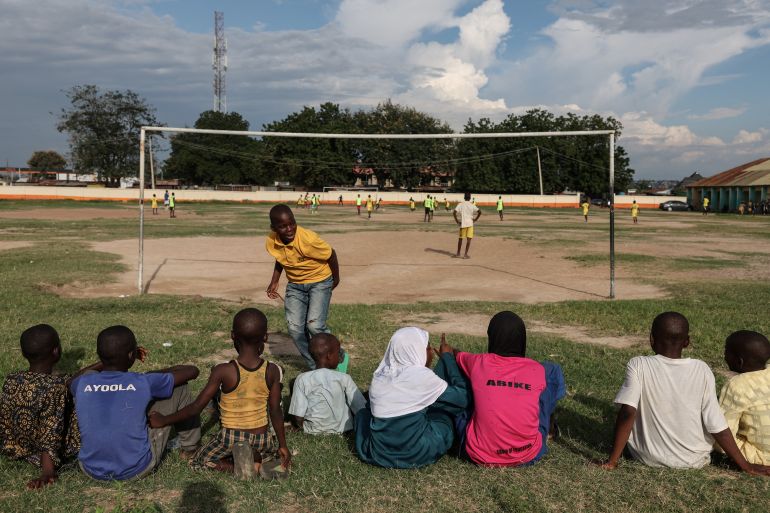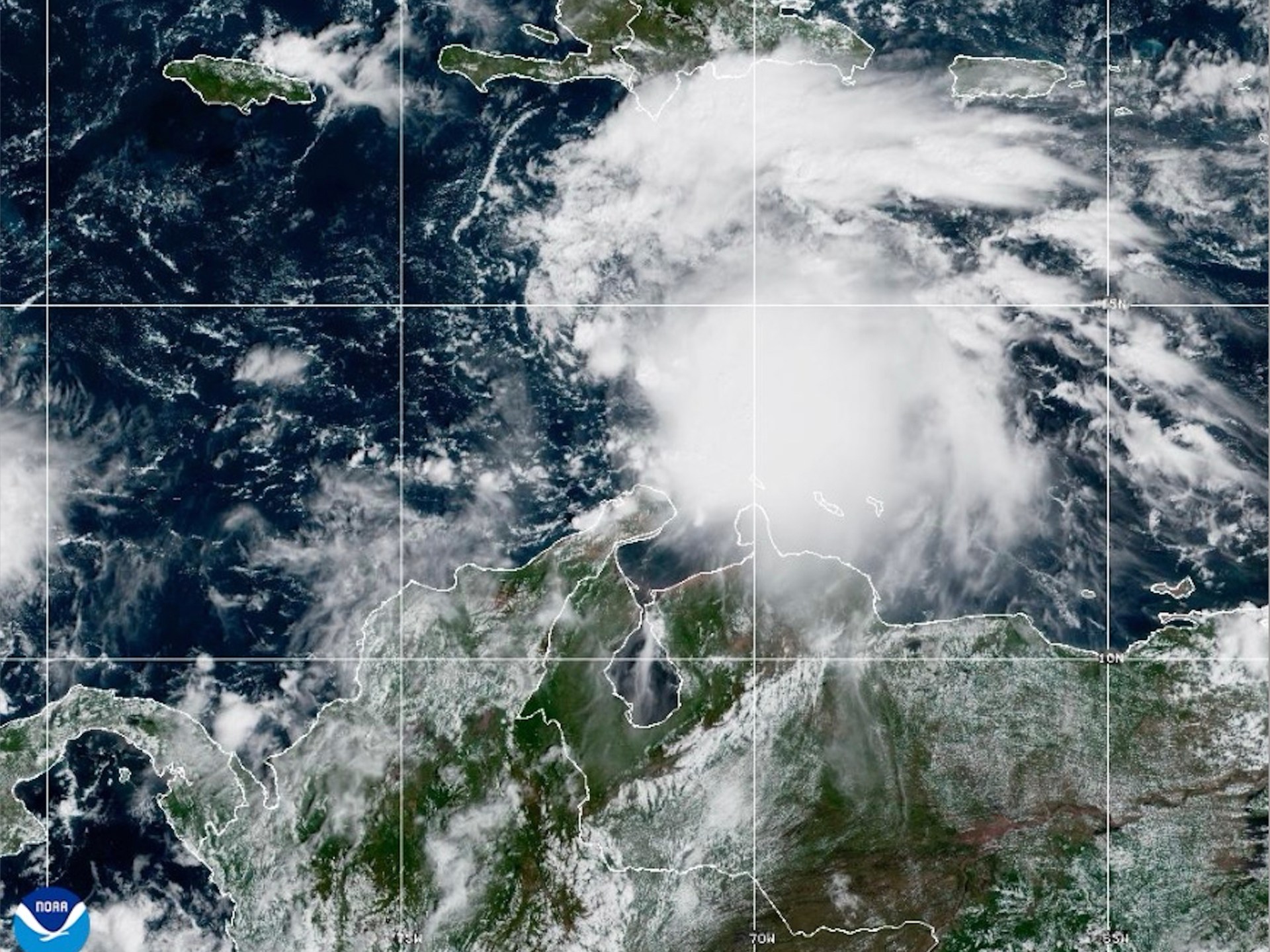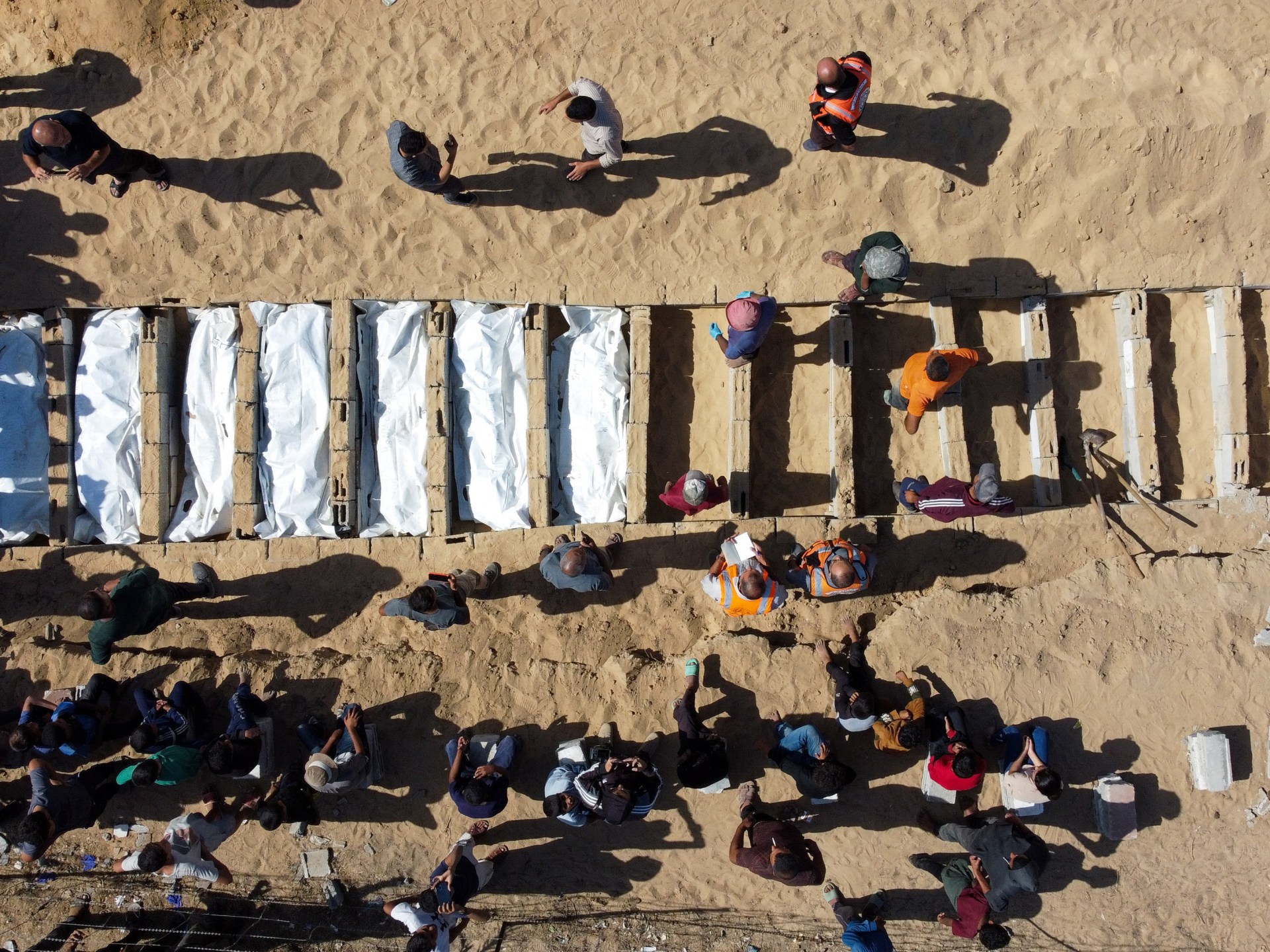On Wednesday, the IOC’s executive board issued a statement urging the world’s sports organizations to stop holding events in Indonesia.
Due to Israel’s genocide in Gaza, Indonesia, the country with the largest Muslim population, earlier this month denied visas to Israeli gymnasts, making it impossible for them to compete in the championship that started on Sunday.
Jakarta claimed that the action was in line with Indonesia’s policy of extending diplomatic ties to Israel until the state of Palestine is recognized as independent.
The IOC stated in a highly worded statement that it would stop discussing any potential bid for the Olympics from Indonesia until the government made it clear that all athletes, regardless of nationality, would be able to compete there in the future.
Indonesia has repeatedly expressed interest in hosting the Summer Games in 2036, but the IOC’s decision almost eliminated its chances of winning in 11 years.
Sports Minister Erick Thohir said Indonesia “understands the consequences of its decision” after the IOC’s statement, adding that the action was taken to maintain public order.
Every international event is hosted by Thohir in accordance with the tenets of “maintenance, public order, and the public interest,” Thohir wrote on X.
He added that Indonesia’s constitution required the principle in light of its commitment to uphold international law.
The IOC has decided that Indonesia cannot host world championships, Olympic events, Youth Olympic Games, and other activities under the umbrella of the Olympics, according to Thohir, who acknowledged that this decision has consequences.
The IOC announced that it would update the criteria for qualification to include guarantees for access for all athletes, regardless of nationality, in any Olympic Games qualification event.
It mandated that the International Gymnastics Federation (FIG) and the Indonesian Olympic Committee hold a meeting to discuss the issue at the IOC’s Lausanne, Switzerland, headquarters. A meeting date was not specified in the document.
The Israel Gymnastics Federation’s appeals to be allowed to compete in the championship were turned down by the Court of Arbitration for Sport (CAS) last week.
Additionally, the CAS rejected Israel’s request to compel the FIG to guarantee its participation, or to switch to a different artistic world.







